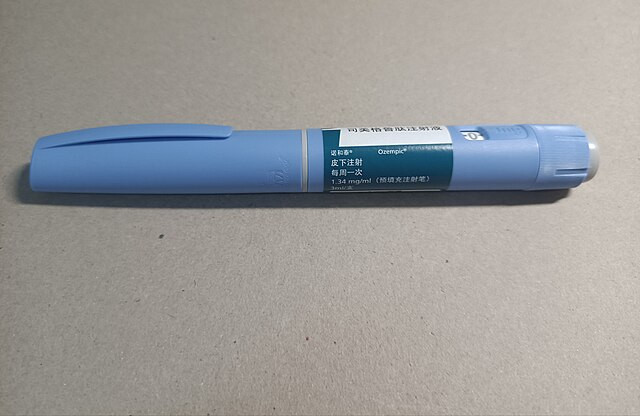Novo Nordisk's diabetes drug Ozempic has been linked to a rare and serious eye condition that can cause sudden and irreversible vision loss, according to a new study published on medRxiv. The research, which analyzed years of patient data from Denmark and Norway, found that individuals using Ozempic were over twice as likely to develop non-arteritic anterior ischemic optic neuropathy (NAION) compared to those taking other diabetes medications.
NAION, the most common optic nerve disease in the United States, occurs when reduced blood flow damages the optic nerve. It is untreatable, and the resulting vision loss is often permanent. Despite the increased risk associated with Ozempic, the overall likelihood of developing the condition remains low. Researchers identified only 1.4 additional cases per 10,000 patient-years among Ozempic users. For a type 2 diabetes patient using the drug for 20 years, the risk of developing NAION is estimated to range between 0.3% and 0.5%.
The study did not find conclusive evidence linking Wegovy, Novo Nordisk's weight-loss drug that shares the same active ingredient as Ozempic, to NAION due to limited patient data. Wegovy was launched in Denmark in 2022 and in Norway in 2023, providing a smaller sample size for analysis compared to Ozempic, which has been available in these markets since 2018.
This study follows earlier research from Harvard's Massachusetts Eye and Ear that also suggested a connection between semaglutide, the active ingredient in both Ozempic and Wegovy, and NAION. However, the Nordic study found a lower incidence of the condition than the Harvard research, likely due to differences in patient populations. The Harvard study included patients referred for neuro-ophthalmological assessments, who may have had pre-existing conditions that heightened their risk.
Novo Nordisk defended the safety profile of its drugs, stating that internal trials observed very few cases of NAION and found no evidence of disproportionate adverse effects. The company emphasized the importance of weighing the therapeutic benefits of semaglutide against the potential risks, particularly in patients with pre-existing conditions that may increase their vulnerability to NAION.
The findings come as Ozempic and Wegovy experience unprecedented demand for their effectiveness in managing type 2 diabetes and obesity. Novo Nordisk's stock fell by as much as 5.4% in Copenhagen following the study's publication, reflecting investor concern. However, the company's shares remain up approximately 8% this year, outperforming broader European pharmaceutical indices.
NAION is typically associated with individuals over 50 and is linked to underlying conditions such as diabetes, heart disease, and sleep apnea. Its rarity has meant that potential side effects like this are often detected only after large-scale use of medications. The Nordic study analyzed data from over 60,000 Ozempic users, identifying 32 cases of NAION. This comprehensive dataset adds significant weight to concerns initially raised in smaller studies.
For patients and healthcare providers, the findings underscore the need for informed decision-making when considering treatment options. While the overall risk is minimal, the severity of the condition highlights the importance of discussing potential side effects alongside the benefits of managing diabetes and obesity with semaglutide.






